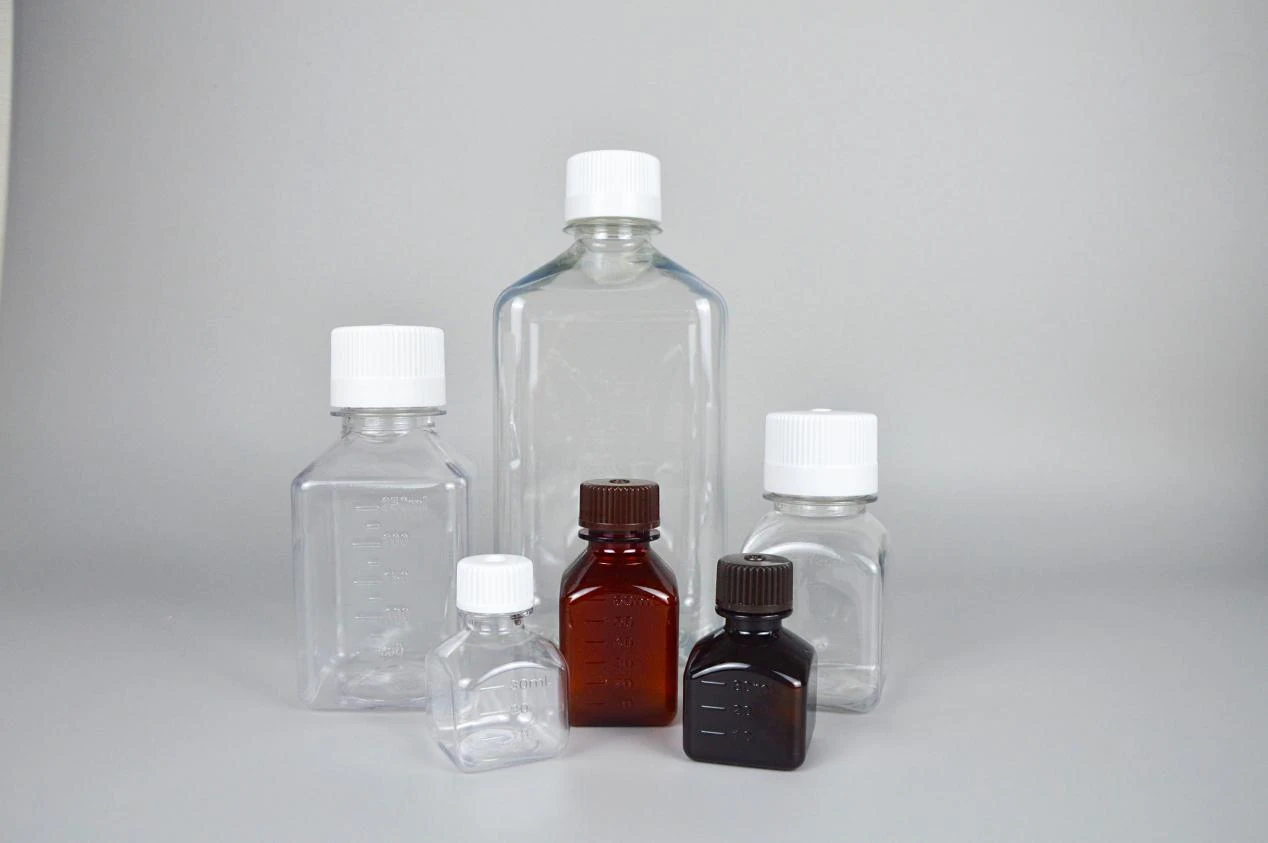consumable items in science lab
Consumable Items in Science Labs Essential Elements for Experiments
In the realm of scientific experimentation, the significance of consumable items in a science laboratory cannot be overstated. As foundational components of scientific inquiry, consumables play a crucial role in the execution of experiments, procedures, and research endeavors. Understanding the types of consumable items frequently used in science labs, their purposes, and best practices for their management is essential for maintaining an efficient and effective laboratory environment.
Types of Consumable Items
Consumable items in a science lab encompass a wide range of materials that are used up or discarded during experiments. These can be classified into several categories
1. Chemical Reagents Fundamental to any laboratory, chemical reagents are substances or mixtures used to perform chemical reactions. From acids and bases to solvents and indicators, these materials are vital for conducting analyses and synthesizing new compounds. Managing chemical reagents effectively involves proper labeling, storage, and adherence to safety protocols to mitigate risks associated with hazardous materials.
2. Glassware and Plasticware While some glassware items may be reusable, many plastic labware pieces such as pipettes, petri dishes, and test tubes are designed for single-use. These items ensure that cross-contamination is minimized, particularly in microbiological or biochemical experiments where purity is critical. Proper waste disposal methods, guided by environmental regulations, are essential for these items.
3. Biological Samples In biological laboratories, consumable items often include various biological samples such as blood, tissues, or cell cultures. These samples are essential for medical research, diagnostics, and therapeutic developments. Handling biological materials requires strict adherence to biosafety standards to prevent contamination and ensure the safety of lab personnel.
4. Protective Equipment Consumables also encompass personal protective equipment (PPE) such as gloves, masks, lab coats, and goggles. These items are indispensable for safeguarding researchers from potential hazards associated with chemicals, biological agents, and physical risks in the lab environment.
5. Miscellaneous Supplies Often overlooked, miscellaneous consumables such as filters, tissues, and cleaning supplies play an important role in daily lab operations. For instance, filters are crucial for purifying solutions, while cleaning supplies help maintain a hygienic and safe workspace.
consumable items in science lab

Managing Consumables Effectively
Effective management of consumable items is essential to maintaining a well-functioning lab. Here are some strategies to ensure efficient use and organization of these materials
1. Inventory Management Keeping a detailed inventory of all consumable items is vital. Regular inventory checks can help identify items that need to be replenished and reduce the likelihood of running out of critical materials during experiments. Utilizing inventory management software can streamline this process.
2. Standard Operating Procedures (SOPs) Developing clear SOPs for the use and disposal of consumables ensures that all lab personnel are trained in best practices. This can reduce waste, enhance safety, and ensure compliance with regulatory requirements.
3. Cost Management Consumable items can be a significant part of a lab’s budget. Evaluating the cost-effectiveness of consumables, emphasizing bulk purchasing, and considering alternative materials can result in substantial savings without compromising the quality or reliability of lab work.
4. Sustainability Practices As sustainability becomes a growing concern within the scientific community, implementing eco-friendly practices regarding consumables is vital. This could involve the use of biodegradable materials, minimizing single-use plastics, and recycling wherever possible.
Conclusion
Consumable items in science labs serve as the backbone of experimental work, enabling researchers to carry out their investigations effectively and efficiently. By understanding the various categories of consumables, managing them properly, and fostering a mindset of sustainability, laboratories can not only enhance their productivity but also contribute positively to preserving our environment. The careful selection and management of consumable materials ultimately lead to more successful and impactful scientific endeavors.
-
Aesthetic Makeup Spray Bottles | Fine Mist Empty RefillableNewsAug.19,2025
-
White Plastic Veterinary Vaccine Vials | Lab Liquid BottlesNewsAug.18,2025
-
Plastic Medicine Liquid Bottle: Secure Flip Top Drug VialsNewsAug.17,2025
-
Durable 250ml Blue Plastic Vaccine Vial for Lab & Vet UseNewsAug.16,2025
-
Sterile Virus Sample Tubes: Secure & Reliable Specimen CollectionNewsAug.15,2025
-
White 250ml Plastic Vaccine Vial for Lab & Vet MedicineNewsAug.14,2025
























